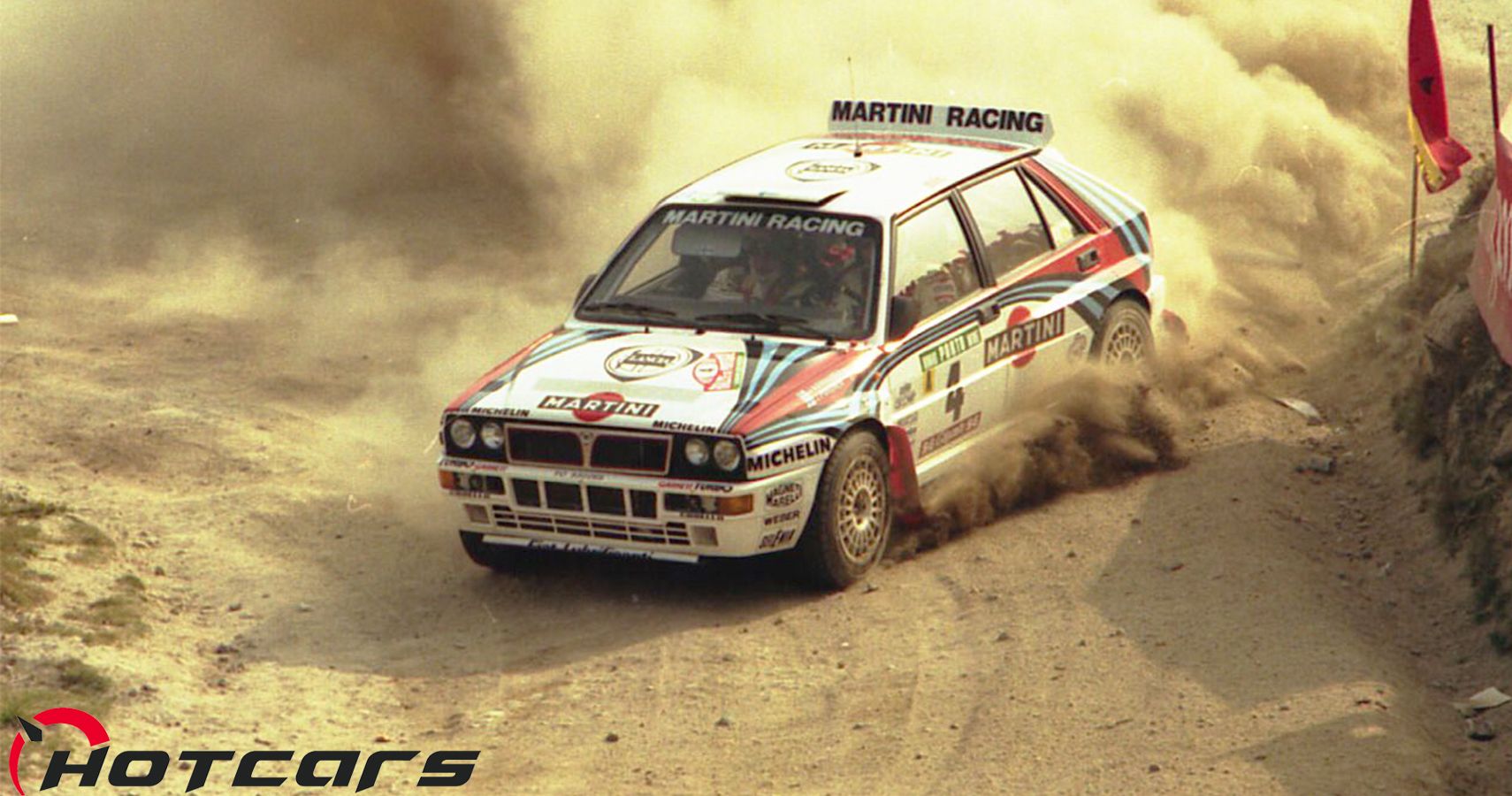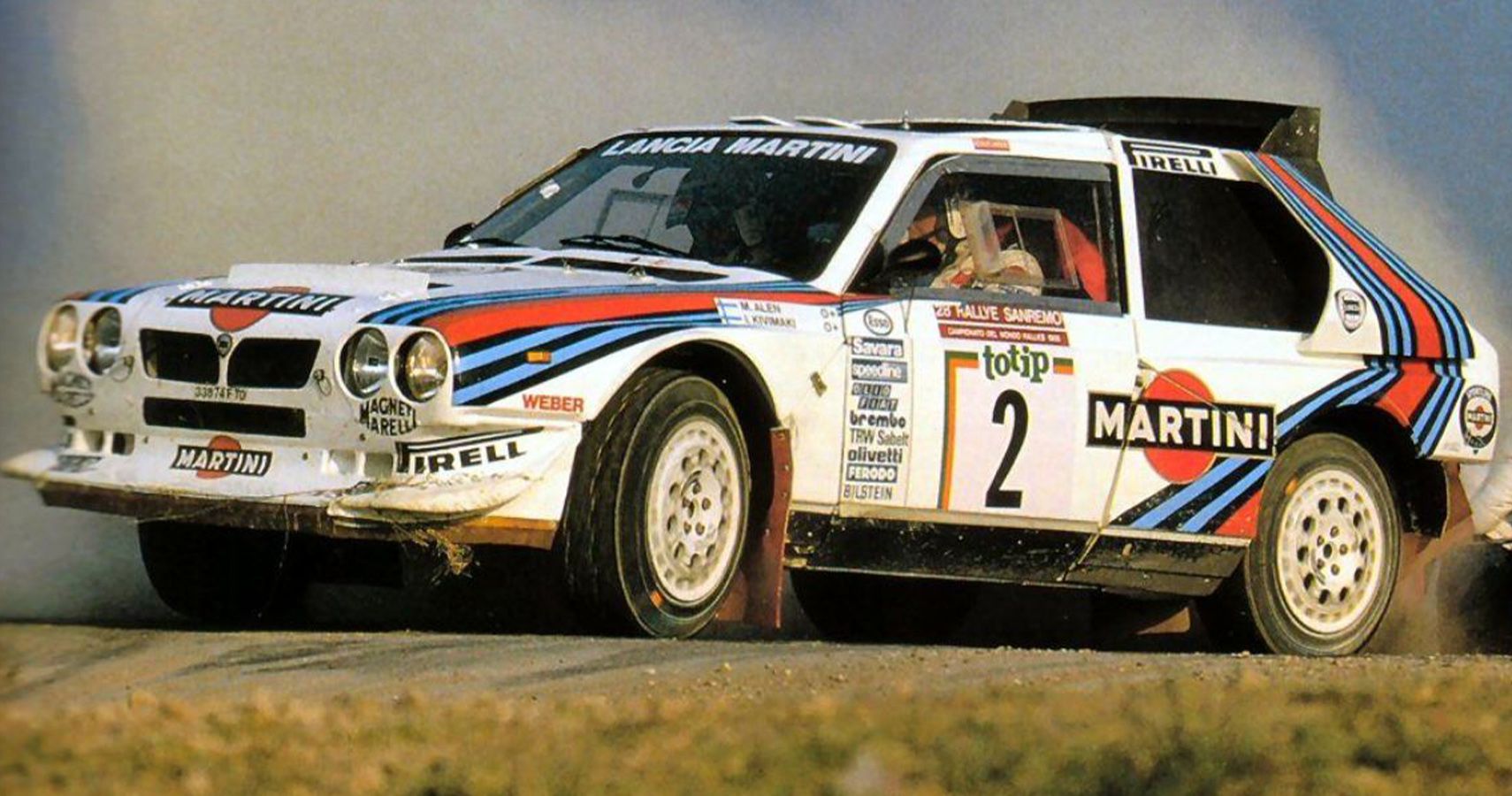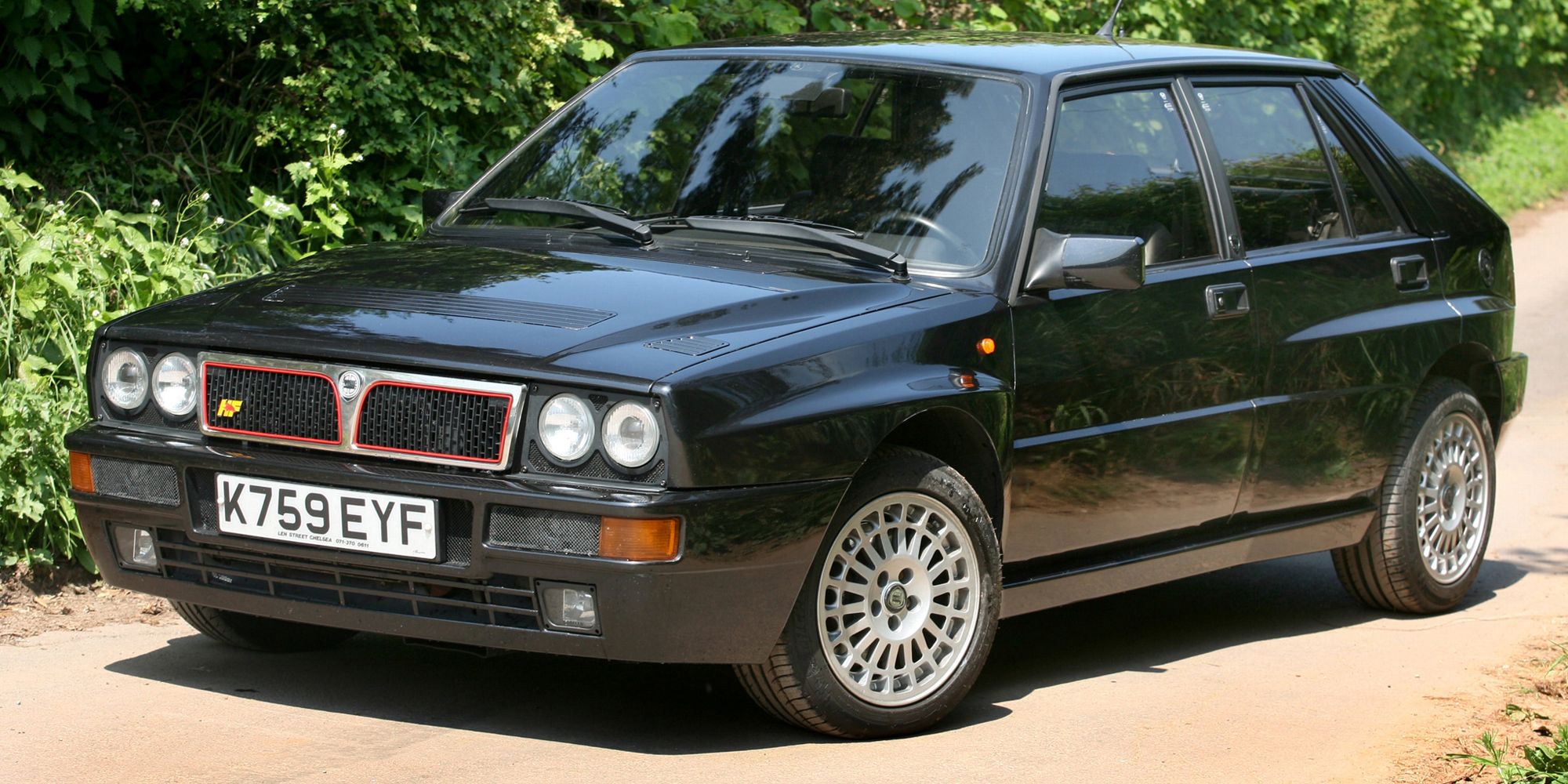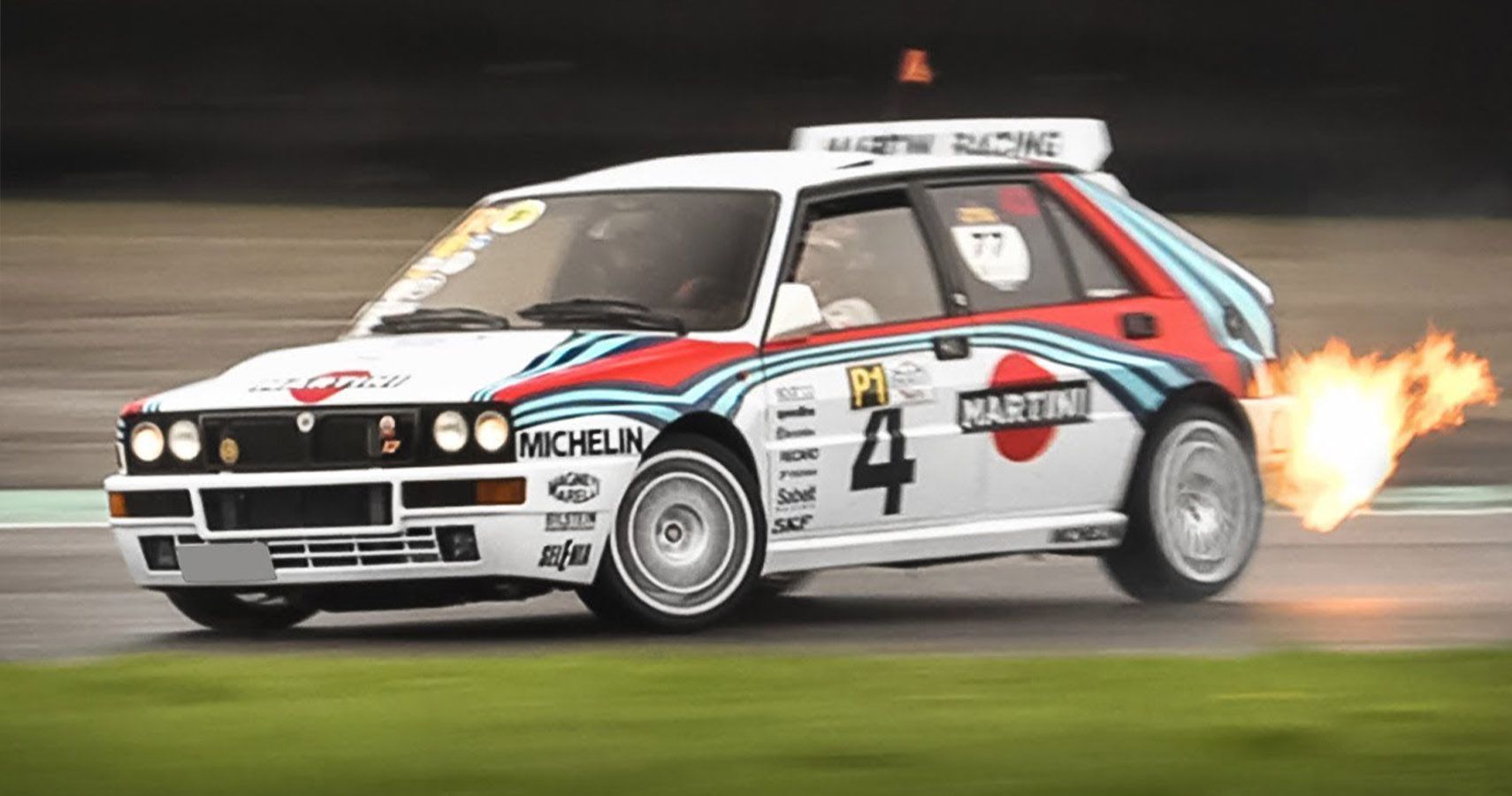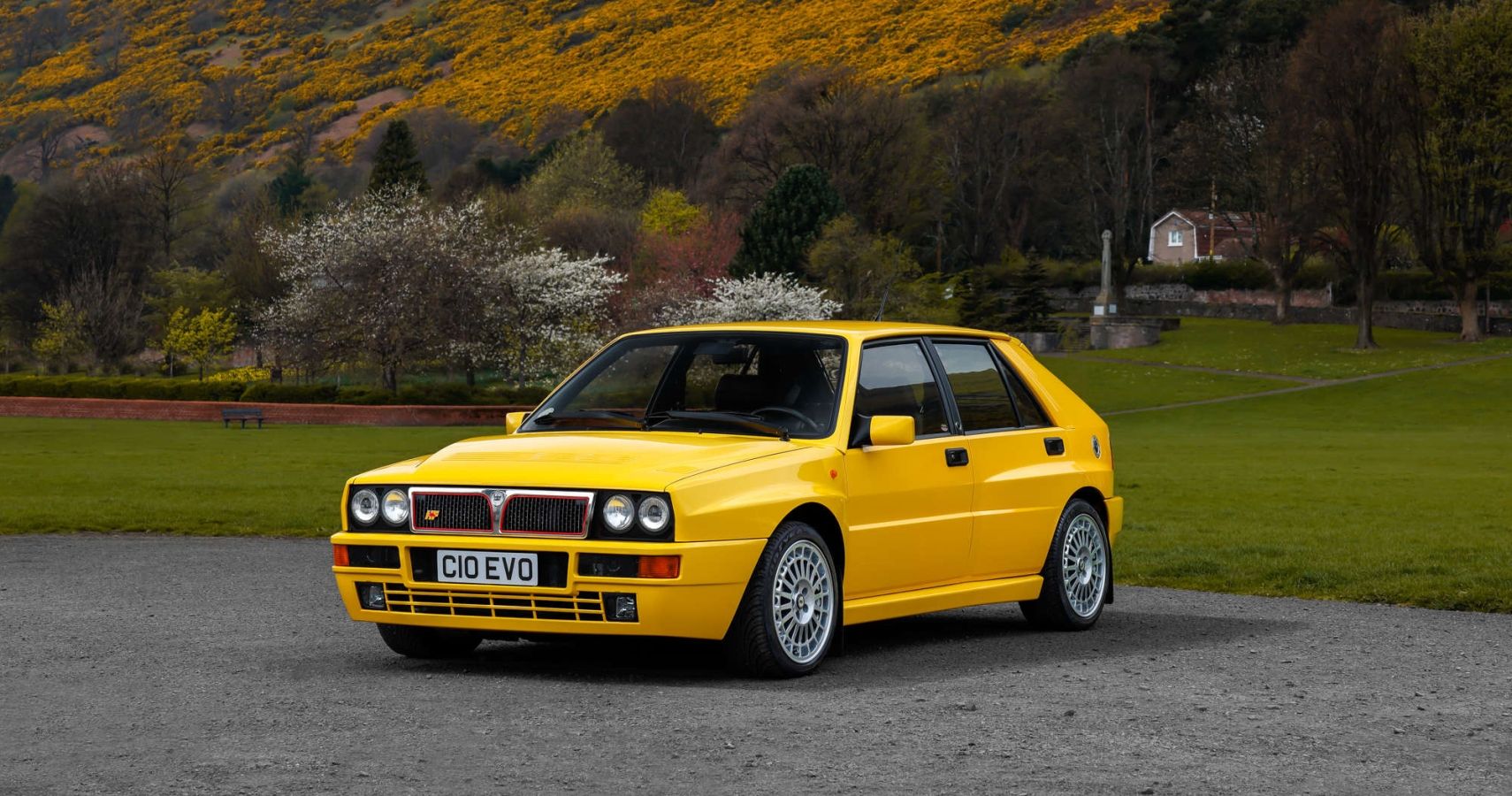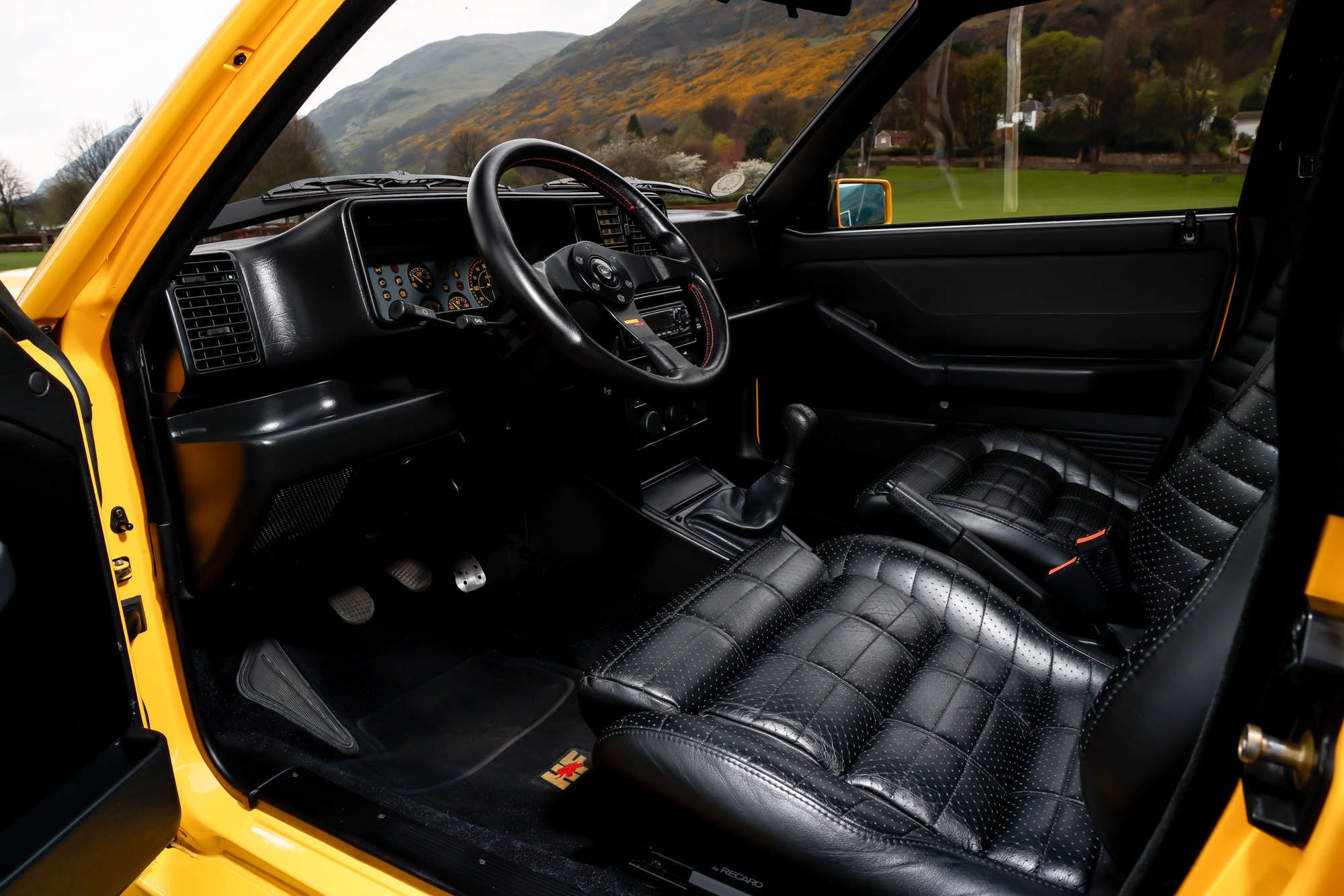Welcome to Off-Road Legends, a new series from HotCars where we will take a closer look at some of the most iconic and successful off-roaders of all time. From the most reliable pickup trucks we know and love to the most hardcore, Baja-prepped racing machines ever seen, Off-Road Legends highlights everything that allows vehicles to keep right on running when the pavement ends.
After our first two episodes focused on two amazing American icons, a built Chevy Nova nicknamed Snortin' Nortin and the world's most expensive Bronco known as Big Oly, we switched our focus to one of the greatest rally cars of all time, the Lancia Stratos HF. But even if Lancia scored significant success in WRC with the Stratos, the Italian manufacturer's most important rally car of all time came later: the Delta HF Integrale. Often referred to simply as the Integrale, given how much of the car changed radically from the simple Delta commuter car, this rally car that ran its first race in 1988 went on to win a scorching six championships in a row—a feat never matched by any rally car, before or since.
One Heavy-Duty Delta Hatchback
For American fans of off-roading who never watched rally racing in the 1980s and '90s, the Integrale might arrive out of somewhere way past left field. After all, how could a tiny hatchback from a peculiar Italian company sit at the pinnacle of off-roading mythology? Well, comparing a base Delta to a race-prepped Integrale is something of an apples-to-oranges exercise, plus Lancia never federalized the road-legal homologation special versions of the Integrale for sale in the United States.
Lancia's Role In The End Of Group B
In order to fully comprehend the Integrale's status as the king of all hot hatches, the Integrale requires a quick history lesson covering Lancia's role in the end of Group B rally racing. After the Stratos, which featured a tiny wheelbase and a Ferrari-sourced Dino V6, Lancia built the 037 at the tail end of an era when rear-drive cars could still hope to compete with the emerging capabilities of Audi's Quattro all-wheel-drive system. In fact, the 037 earned Lancia the final championship ever won by a rear-drive rally car.
Lancia's next car, the Delta S4, got with the program—and fast—by dropping both a supercharger and turbocharged into an all-wheel-drive chassis and turning up the boost to as much as 72 PSI, could pump out 1,000 horsepower (in a car that weighed under 2,000 pounds). But the S4's prodigious power probably proved too much and paved the way for the end of Group B when driver Henri Toivonen and co-driver Sergio Cresto lost their lives at the 1986 running of the Tour de Course. Almost immediately thereafter, FIA brought Group B to a close.
A Simple Car Gets Reworked
Group A succeeded Group B with a focus on safety achieved largely by limiting power output. Quickly adapting to the new rules, Lancia first built an HF4WD version of the front-wheel-drive Delta hatchback that scored a 1-2 finish at its maiden race, Monte Carlo in 1987. Lancia went on to win the drivers championship with the HF4WD, before introducing the HF Integrale at Rally Portugal in 1988.
With full-time all-wheel drive in a nose-heavy hatchback, the Integrale pumped out 182 horsepower and 224 lb-ft of torque from an eight-valve inline-four engine.
Establishing An Iconic Race Record
That engine received an upgrade to 16 valves by Sanremo in '88, while factory driver Massimo "Miki" Biasion won the drivers title that year and the following, in 1989. A series of improvements followed, as the Integrale gained Evo I and Evo II versions that added wider fenders, an engine remapped to 210 horsepower, plus beefed-up units for control arms and steering rack. Two-piston Brembo brakes also fit into the mix and eventually, an iconic wing with three positions including the extreme downforce-focused seen above fully raised. All told, Lancia took home a clean sweep in rallying from 1987 to '91 with the Integrale, at which point Lancia decided to leave rallying behind and privateer team Jolly Club took over driving the Integrale in competition.
Extra Special Homologation Specials
Of course, Lancia needed to build road-legal versions of the Delta HF Integrale over the years to meet Group A's homologation requirements. Values today continually seem to increase, especially now that the 25-year importation rule opens up the market to American fans who love the greatest hot hatch ever. Only built in left-hand drive, the Integrale might look like a tuner's Volkswagen GTI to the uninitiated, but those in the know can easily identify the 8V, 16V, Evo I, and Evo II variants from a quick glance. Lancia also built an Evo III concept called Viola with an upgraded Garrett T3 turbo that bumped power up to 237 horsepower and 236 lb-ft of torque.
Collectors Love The Integrale
Other rare versions include a Giallo Ferrari Edition that was built as a convertible for Gianni Agnelli, the head of Fiat at the time. A limited run of 400 units built in 1992 commemorate the Integrale's fifth WRC championship with the famous Martini livery, plus black grilles and premium Recaro seats on the interior. Japan also received 250 Delta Edizione Finales in candy red, with yellow and blue racing stripes.
Suffice to say, collectors the world over love the Integrale and especially the rarer variants, which helps to explain why values started creeping up into the six-figure range for excellent examples today. But rust issues—particularly on the cowl at the base of the windshield—plus struggles with reliability and parts availability might help to keep low-spec Integrale prices lower than perhaps the most successful rally car deserves. But even taking into consideration any such issues, the prospect of owning a true off-road legend as awesome as the Integrale makes any potential hassle well worth the effort.
Sources: lancia.com, youtube.com, bringatrailer.com, and fiat.com.

